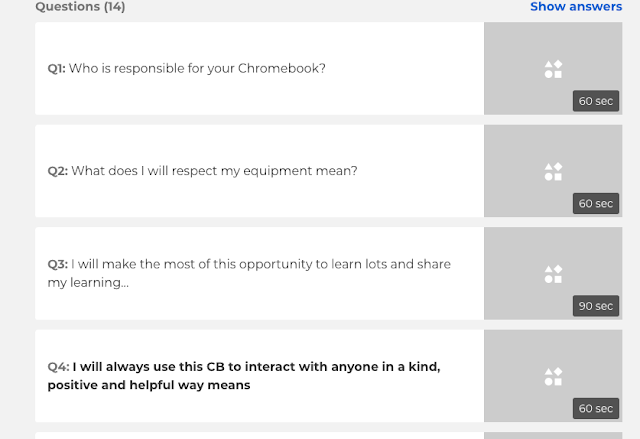I have been teaching for 12 years and I am enthusiastic about ICT and using it to enhance by classroom teaching. Currently working in Auckland, New Zealand at Team Solutions as a Digital Technologies PLD Facilitator.
Wednesday 29 November 2017
The Classroom of the Future
In a recent article published in the New Zealand Herald, the potential of digital technologies in the curriculum were outlined and discussed. The opportunities are exciting and somewhat mind-blowing when you consider what education has previously been and where we are heading.
At the Global Edtech Summit different tools and technologies are being discussed with relevance to the world our students will be living in and working in. Tools such as Augmented Reality let children create and innovate in ways which bring their creations into the real world. Thus giving them more purpose and the child more understanding of the possibilities of their innovations.
Artificial Intelligence is everywhere and I believe that educating children to understand and realise the potential of this concept it vital. They need to see tools such as the ones mentioned in this article as both good and bad. If children are taught about the meaning and reasoning behind digital technologies then they are able to make better informed decision about how they use, interact and view them. They therefore have a more informed opinion about why they would use such tools and the consequences and opportunities that they bring.
In terms of education - it is changing at rapid speed. You can no longer be an effective teacher who does not engage with digital technologies and digital education. The emphasis for teachers needs to be on the why and the reasoning behind the physical technologies so that as the technologies change at what often seems like warp-speed, we can continue to help our students make informed decisions about their futures.
Saturday 4 November 2017
Kahoot - Quizzes that Motivate!
Kahoot is an online quiz generator which allows you to formatively test your class on a range of subjects.
It is easy to used and the process of making quizzes is easy and fast which is why I find this programme more user-friendly than other similar tools.
You simply make a new quiz and add each question one at a time. You must generate at least two possible answers but you can have up to four. These are presented to children as multichoice.
When making each question you can add pictures, photographs, youtube or video content which can simply be uploaded or taken from a URL.
When your quiz is ready the teacher logs on and starts the quiz. This generates a class code which students use to log onto their own device. This can be a smartphone, ipod, ipad, tablet, chrome, laptop...the compatibility is pretty far and wide!
Once students have joined the quiz the question will be displayed on a large screen or projector. Children read the question and then choose the responding colour on their own device to submit their answer.
There are opportunities to play this as a competitive challenge where the student earn points and complete on a leaderboard. You can however adjust the game options to suit your group or class.
One of the best things about Kahoot is the shared resource quiz bank which contains quizzes from other teachers on a very large range of topics. You are able to make a copy really easily and then either use as it or adapt the questions slightly to suit your own context. You can also link with other teachers in your school to form a community of learners which allows teachers to share resources and assessment tools easily and efficiently.
Personally I think this is a highly motivational tool which lets children understand how a basic game works along with providing them a relevant test or quiz content. I go on and make quizzes for a fun Friday activity or to consolidate learning on a particular concept.
Subscribe to:
Posts (Atom)



